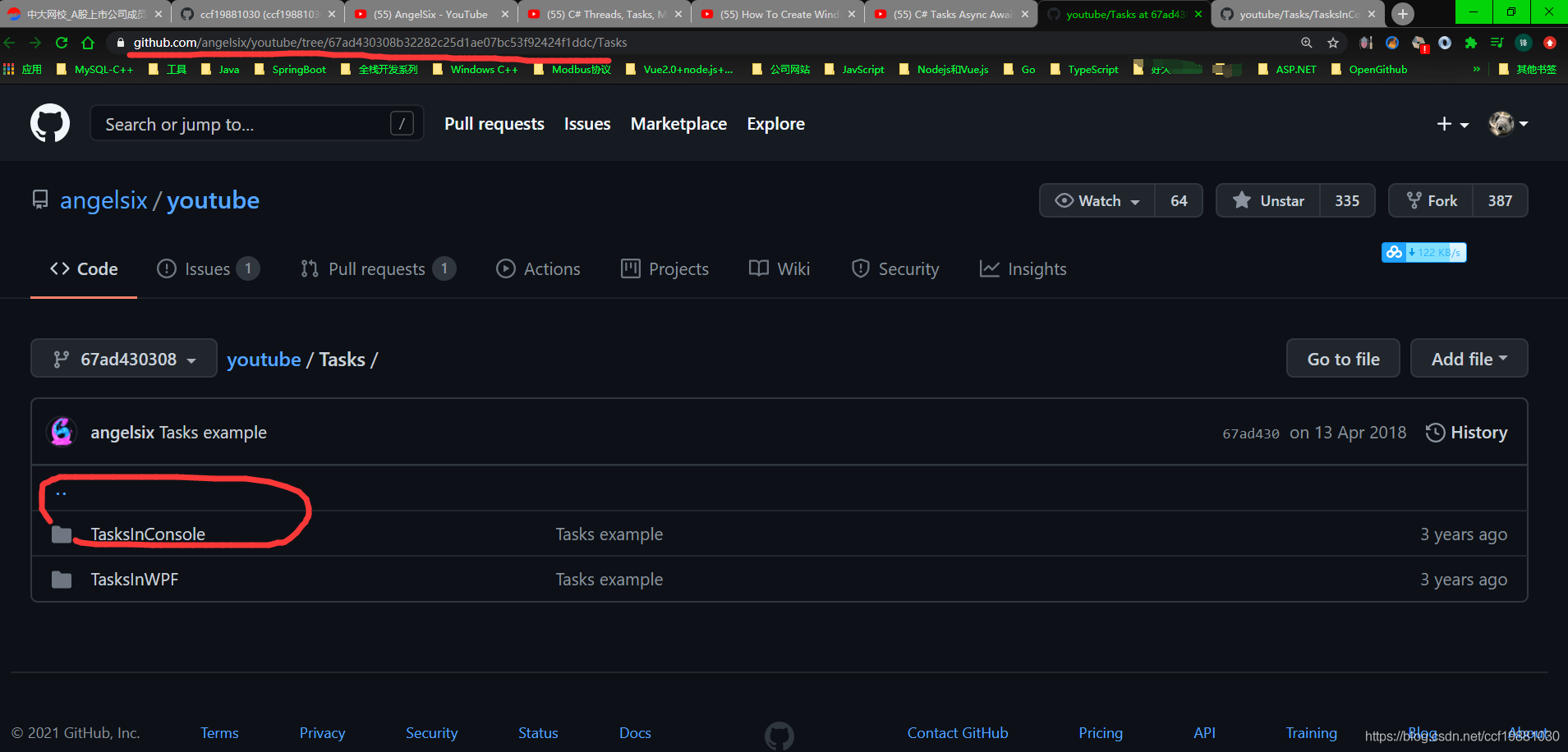In my Grails application I use Groovy's XmlParser to parse an XML file. The value of one of the attributes in my XML file is a string that equals a character hex code. I want to save that string in my database:
Ñ
Unfortunately the attribute method returns the Ñ character and what actually gets stored in the database is c391. When the field is read back out I also get the Ñ character which is undesired.
How can I store the hex code as a string in my database and make sure it gets read back out as a hex code as well?
Update #1:
The reason this is a problem for me is that once I read the XML file into my database I must be able to reconstruct it exactly as it was. An additional problem is that the field in question isn't always a character hex code. It could just be some arbitrary string.
Update #2:
I guess it doesn't matter how the character is stored in the database, so long as I can write it back out in its expanded hex code format. I am using Groovy MarkupBuilder to reconstruct my XML file from the database and I am unclear why this isn't happening by default.
Update #3:
I overrode getTableTypeString in my custom MySQL dialect and that seems to have helped things some what. At least now the value I pass to MySQL is the value that gets stored in the database.
class CustomMySQL5InnoDBDialect extends MySQL5InnoDBDialect {
@Override
public String getTableTypeString() {
return " ENGINE=InnoDB DEFAULT CHARSET=utf8"
}
}
I also created my own version of groovy.util.XmlParser. My version is pretty much an exact duplicate of groovy.util.XmlParser except that in the startElement method I changed:
String value = list.getValue(i)
to this:
def value = list.fAttributes.fAttributes[i].nonNormalizedValue
if(value ==~ /&#x([0-9A-F]+?);/) {
value = list.fAttributes.fAttributes[i].nonNormalizedValue
}
This allows the exact text of hex code elements to be stored in the database.
Now there are two new problems, possibly three.
Recreating a file with the exact values stored in the database. Up till now I had been using
MarkupBuilder, but that is doing extra encoding on ampersands, causing the valueÑto be written out asÑI can probably get around this by abandoningMarkupBuilderand building my XML strings manually, but I would rather not.Running an XSLT transform on an XML file using the Saxon-HE 9.4 processor causes some hex code values such as
ÿto be changed to something like ÿ, yet others like™are left unchanged.I'm not sure if this is going to be a problem yet or not, but when I recreate the file I would like it to be in
ANSIencoding since that is the encoding used for the original file.




